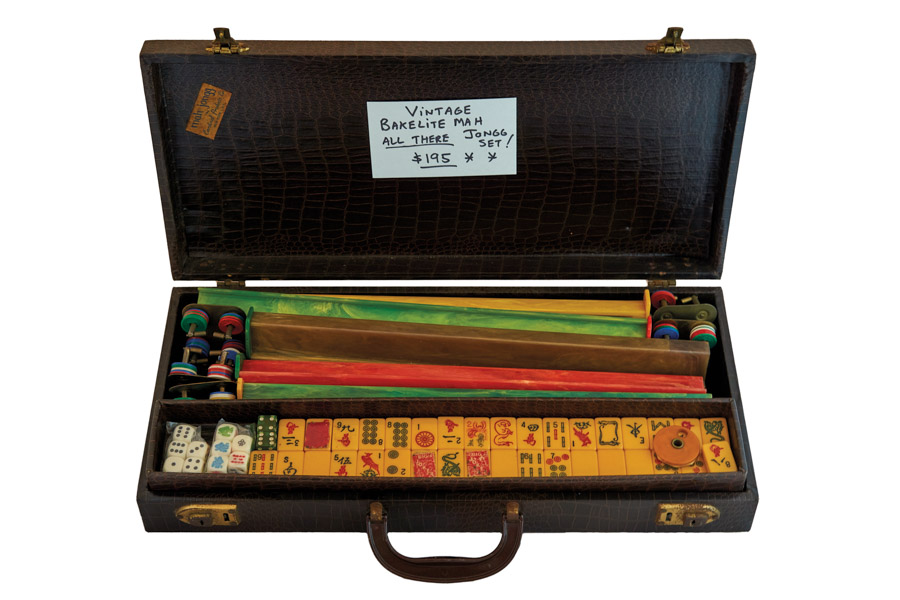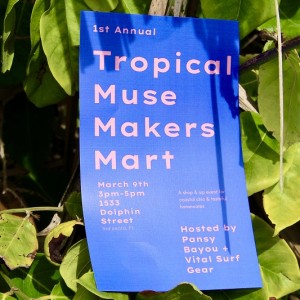BEFORE VIDEO GAMES and mindless thumb-swiping, smartphone avocations, there were tabletop games. Ready for play right out of the box, you and your comrades can dabble in a match of calculated prowess and thought-provoking entertainment. A complex tile-based game, Mah Jongg originated in China during the ancient Qing Dynasty, but its exact origins are shrouded in story and myth. Some claim it was developed by Chinese royalty—played in secret to keep their knowledge from commoners. Others believe it was invented by a Chinese general to amuse his troops during long periods of battle. Regardless, it’s become a classic pastime in Asian countries today. And since imported among the Western world at the beginning of the 20th Century, its cultural influence has widely spread into generations of players all over the world. Similar to the card game Rummy, Mah Jongg is a battle of skill, strategy and calculation, with a degree relying on chance. It is commonly played by four players, with many variants to the rules and styles of playing/scoring. This particular vintage Mah Jongg exists as a finder’s collectible, made by Cardinal Products Co. in Brooklyn, NY in the early 1950s. This American-style variation replaces Roman numerals with letters and Arabic numerals on the tiles, and includes graphics of flowers and Jokers. The “Dragon” tiles have also been westernized, featuring actual dragons instead of Chinese calligraphy. It packs a complete set—including 152 Bakelite tiles marked with characters and symbols, five marbled Bakelite racks, counting chips and dice. So try “Martinis & Mah Jongg” for next month’s ladies get-together or “Men who Mah Jongg” for guys’ nights over cigar puffing and competitive betting. Despite its age, this game still has a lot of life in it; not to mention, holds decades of Chinese wisdom.

PHOTO BY WYATT KOSTYGAN.










